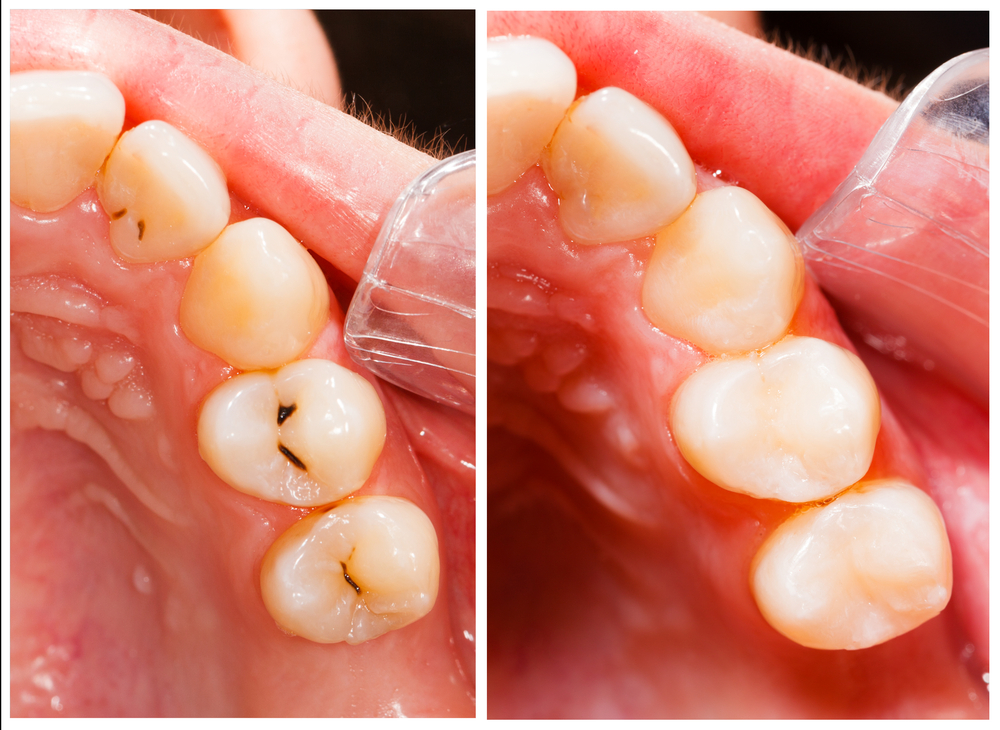Services
- Painless Extraction
- Smile Design
- Smile Correction
- Implants
- Zirconia Crowns
- Cosmetic Dentistry
- Veneers
- Tooth Jewelry
- Orthodontic Treatment
- Scaling
- Habit Breaking Appliances
- Cosmetic Light Cure Filling
- Imported Complete Denture
- Root Canal Treatment
- Bleaching Tooth Whitening
- Treatment of Pyorrhoea & Bleeding Gums
- Fix Crown & Bridge Metal Free in Porcelain All Ceramic Zirconia.
- Removable Partial Denture
- Treatment Under Fully Sterilized Coditions
Cosmetic Light Cure Filling

Dentists assume that activating a light-curing device reliably and predictably light cures restorative materials. There are many factors that must be considered when light-curing resin adhesives, resin-based composites, resin cements, etc., to ensure the quality and durability of the restorations being placed. Clinicians have choices in the light-curing devices they use. Despite appearances that all curing lights are adequate, research has demonstrated that not all light-curing devices are equivalent! Recent studies demonstrate that the light probe tip diameter and its orientation can significantly impact the degree of light curing with respect to better physical properties and improved adhesion.1-9
The placement of composite resins poses many challenges: adequate isolation, exacting etching parameters, adhesive placement, insertion of leak-free, well-adapted composite, light curing, contouring, adjusting occlusion, finishing and polishing. Light curing, however, is central to insuring the success of the restoration. Under-polymerized adhesives and composites risk premature restorative failure due to reduced bond strengths, microleakage, postoperative sensitivity, pulpal toxicity, recurrent caries, color instability, and increased wear and fracture. Recurrent caries and fracture are two significant consequences from inadequate light curing of composites.1-9
Most composite resin or porcelain veneer placement articles elaborate extensively on technique, yet mention only five words: “and then you light cure”, for the most critical phase of the technique. Light curing is more complex than those five words. It involves specific devices and techniques, not all of which are equivalent. This article provides an understanding to the successful management of these variables.
MANAGING THE CORE VARIABLES
Light curing has often been perceived to be as simple as using an on and off switch. In some cases, polymerization is delegated to the chairside assistant while the clinician focuses on other aspects of treatment.
Resin composites are light cured when a specific dose of energy is delivered to the resin, with the dosage varying significantly between different brands and shades. While seemingly simple and routine, the process involved is complex . The durability and longevity of the restoration is greatly dependent on the accurate delivery of the energy required to polymerize the resin. Managing four sets of variables (CORE variables) is the key to adhesive clinical success (identified by Dr. Richard Price of Dalhousie University):10
- Curing light
- Operator’s technique
- Specific restoration characteristics
- Energy requirement of the composite resin
